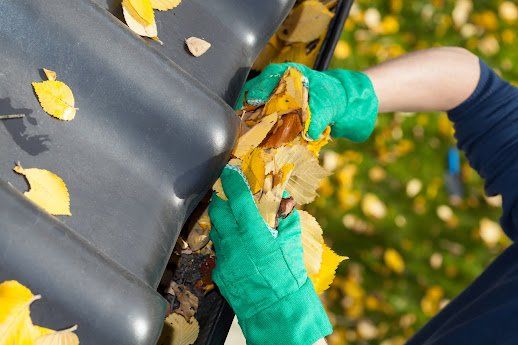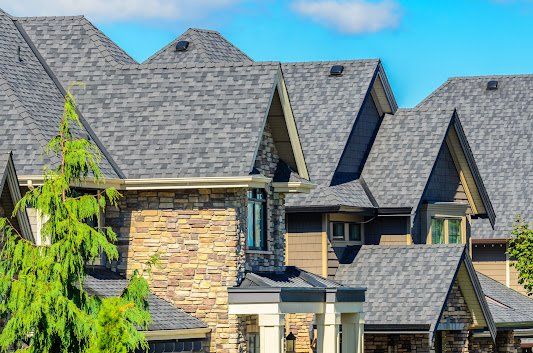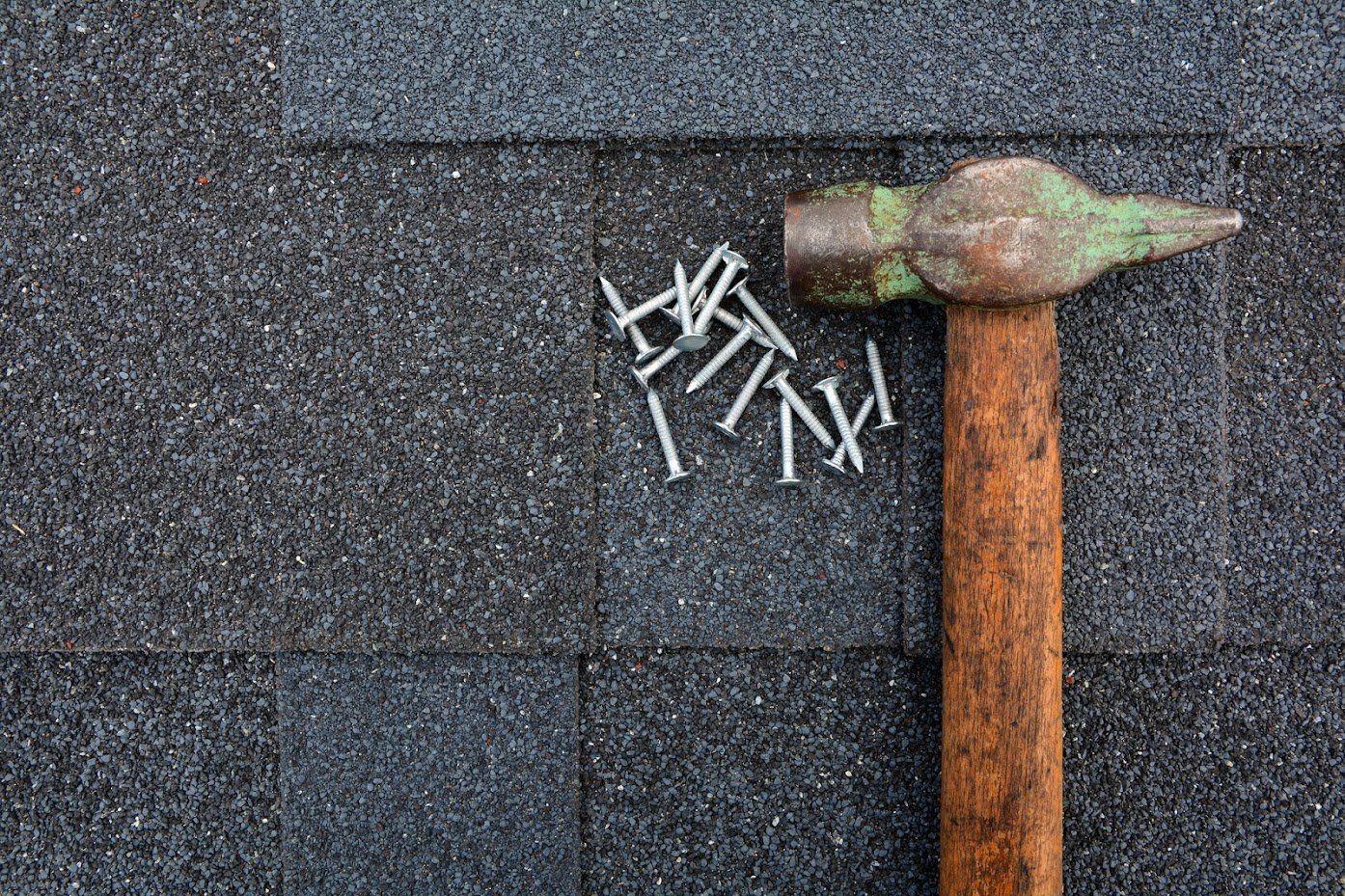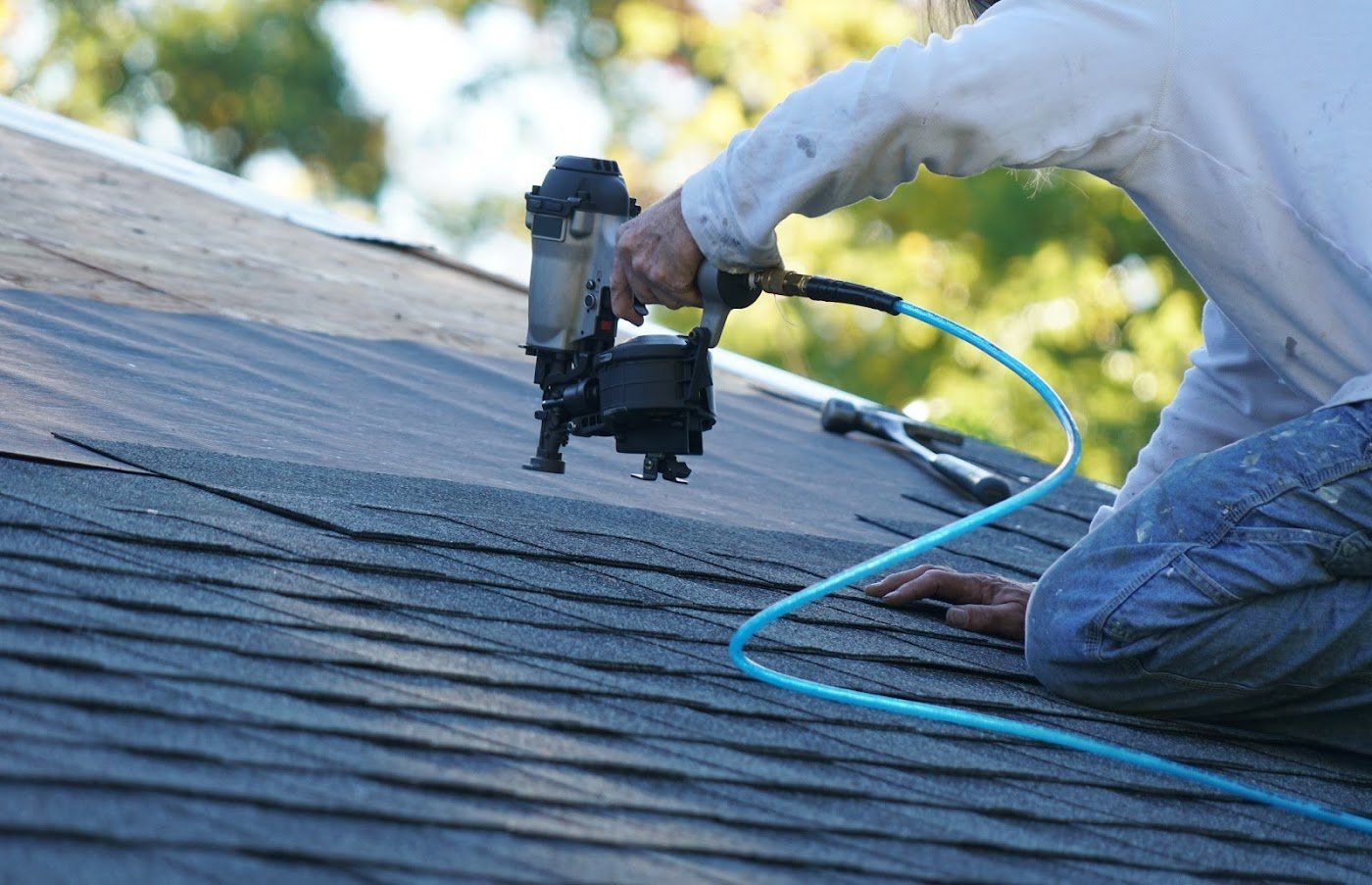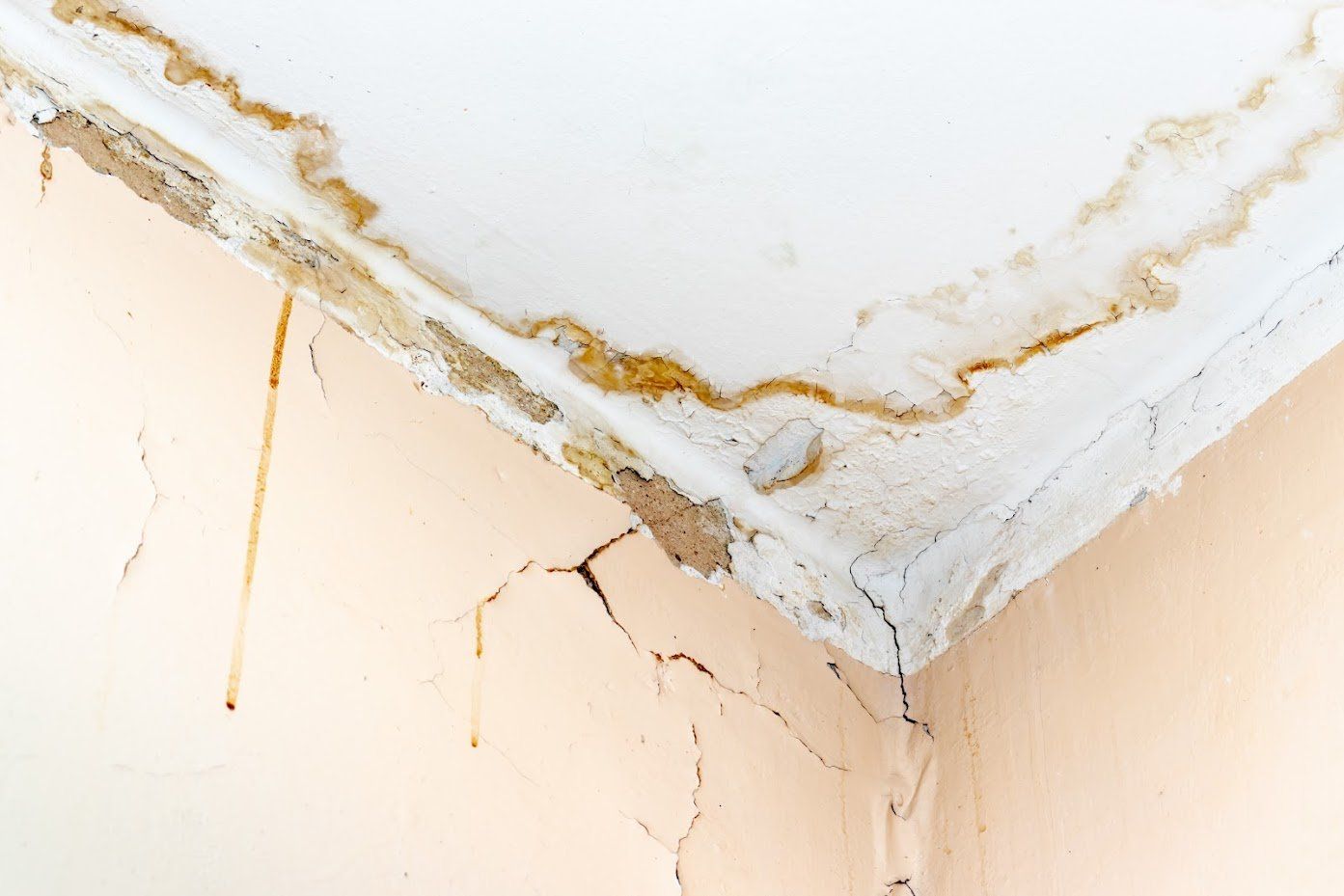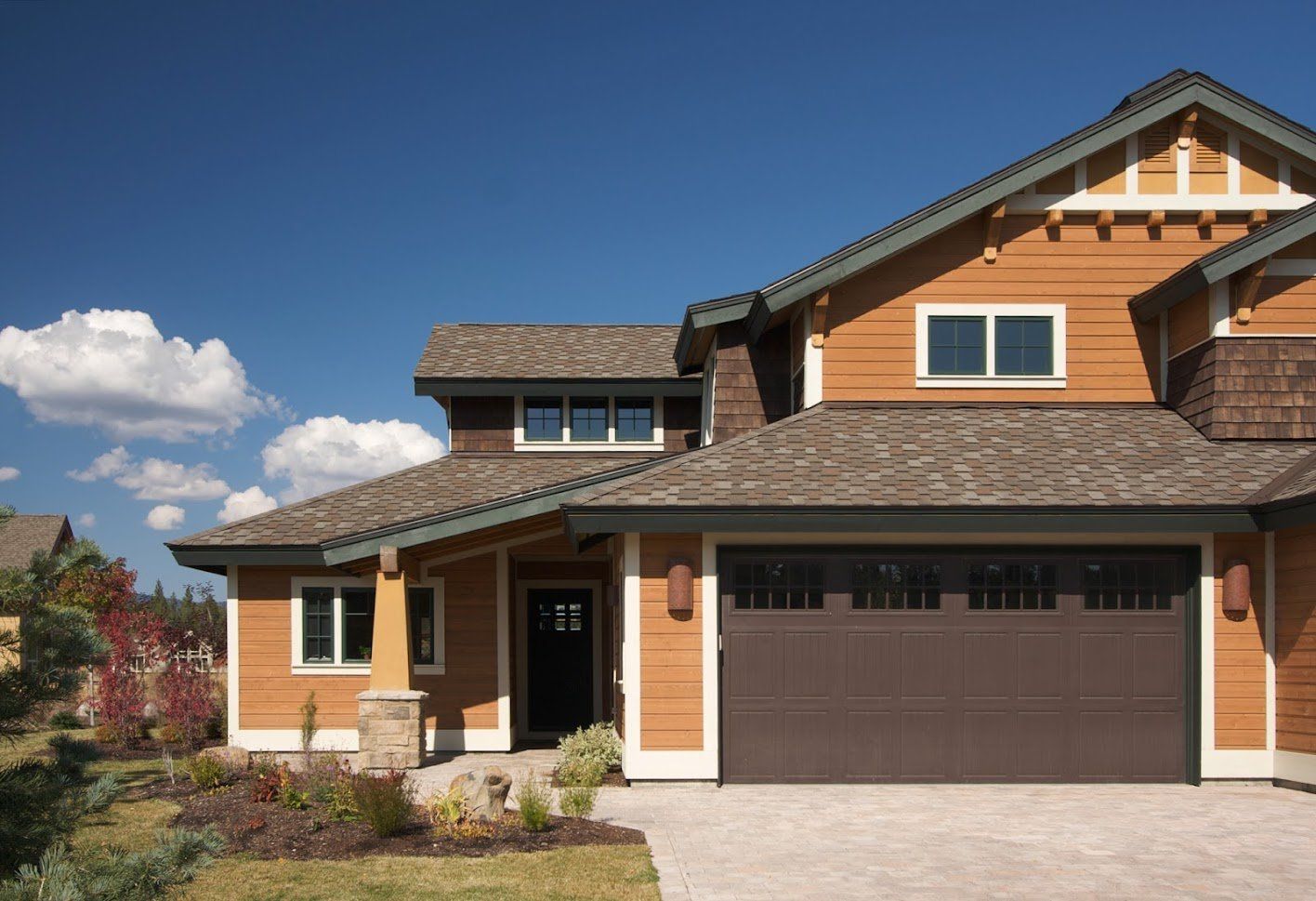The Anatomy of an Asphalt Shingle
- By Admin
- •
- 04 Apr, 2019
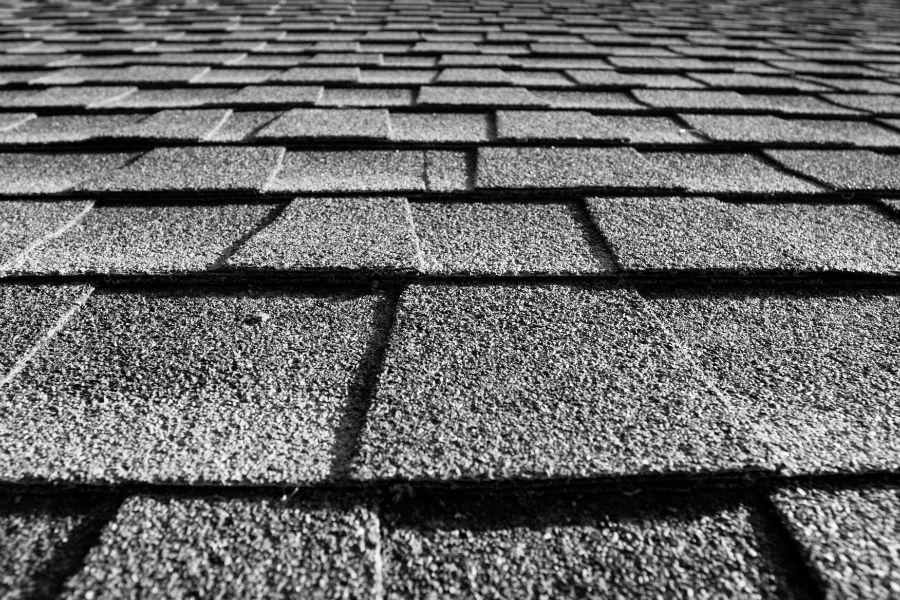
The appearance and performance of your home relies, in large part, on the materials used to create your roof. Asphalt shingles are among the most common type of roofing materials used by modern homeowners. These shingles are versatile, durable, and affordable, making them an economical choice for homeowners looking to maximize protection while minimizing cost.
Don't let the relatively simple appearance of an asphalt shingle fool you — they are actually complex pieces of engineering that feature many components working together to create a waterproof barrier for your home. Read about the three layers in an asphalt shingle below and learn how they make these shingles able to protect your home.
Fiberglass Mat
The fiberglass mat serves as the basic foundation for an asphalt shingle. Just as its name suggests, fiberglass is actually made from bits of glass. Small pieces of glass are heated to extreme temperatures and then extruded through extremely narrow holes to create glass filaments.
The filaments are woven together to create a flat sheet. This sheet is then cut to size to create the fiberglass mat utilized in the manufacturing of asphalt shingles. The strength of the fiberglass helps to give asphalt shingles their trademark durability.
Asphalt Layer
The asphalt layer covers the fiberglass mat. The primary purpose of the asphalt layer is to act as a water-shedding agent to prevent moisture penetration.
Traditional shingles have been manufactured using a blown asphalt layer in the past, but advancements in roofing technology have led to the production of shingles that rely on modified asphalt products.
Today's shingles include a specialized asphalt compound known as styrene-butadiene-styrene. Adding this material to regular asphalt can make shingles much more durable than they have been in the past. Modified asphalt products are more resistant to impact, which allows the shingles themselves to last longer than their traditional counterparts.
The asphalt layer also plays a crucial role in holding the granules in the top layer of each shingle firmly in place.
Granule Covering
If you look closely at any asphalt shingle you will see a gritty material coating the outer surface. This gritty material is made up of small granules. The granules are typically crushed rock materials that are protected by a specialized ceramic coating.
Granules are essential to the longevity of an asphalt shingle. They protect the asphalt layer against damaging UV rays. Granules help to make asphalt shingles resistant to fire damage and give shingles their color, allowing you to create a unique aesthetic for your home's exterior.
Granule loss can significantly compromise the integrity of your roofing system. Manufacturers routinely apply roughly 40% more granule cover than needed to the asphalt shingles they manufacture in an effort to prevent premature erosion of the shingles after they are installed on your roof.
Asphalt shingles remain one of the most popular roofing types among residential property owners. These shingles can be installed affordably, yet they provide a lot of protection against impact damage and water infiltration.
The reason that asphalt shingles perform so efficiently is because they are designed with durability in mind. The fiberglass mat, asphalt layer, and granules that coat each shingle all contribute to the longevity and performance of an asphalt shingle roofing system. You can harness the power of modern asphalt shingles by making the choice to upgrade your roofing materials.
Give the experienced contractors at Ratliff Enterprises, Inc., a call today to learn more about asphalt shingles. We can help you determine if these shingles make sense for your home and provide you with a free estimate for the installation of a new asphalt shingle roof.



